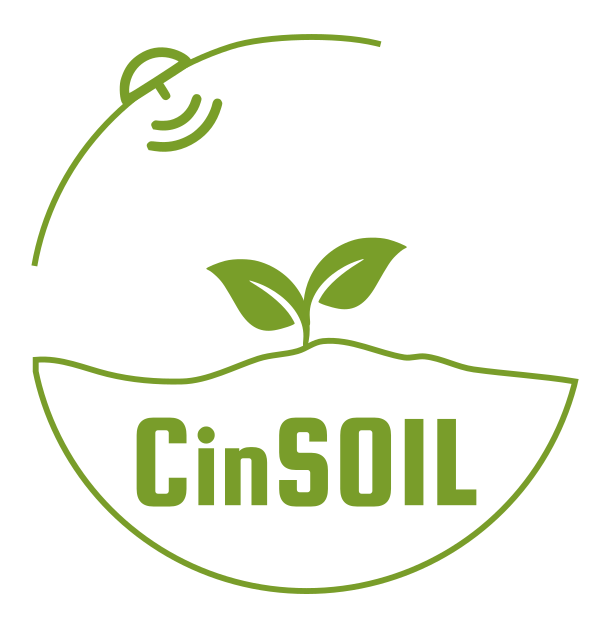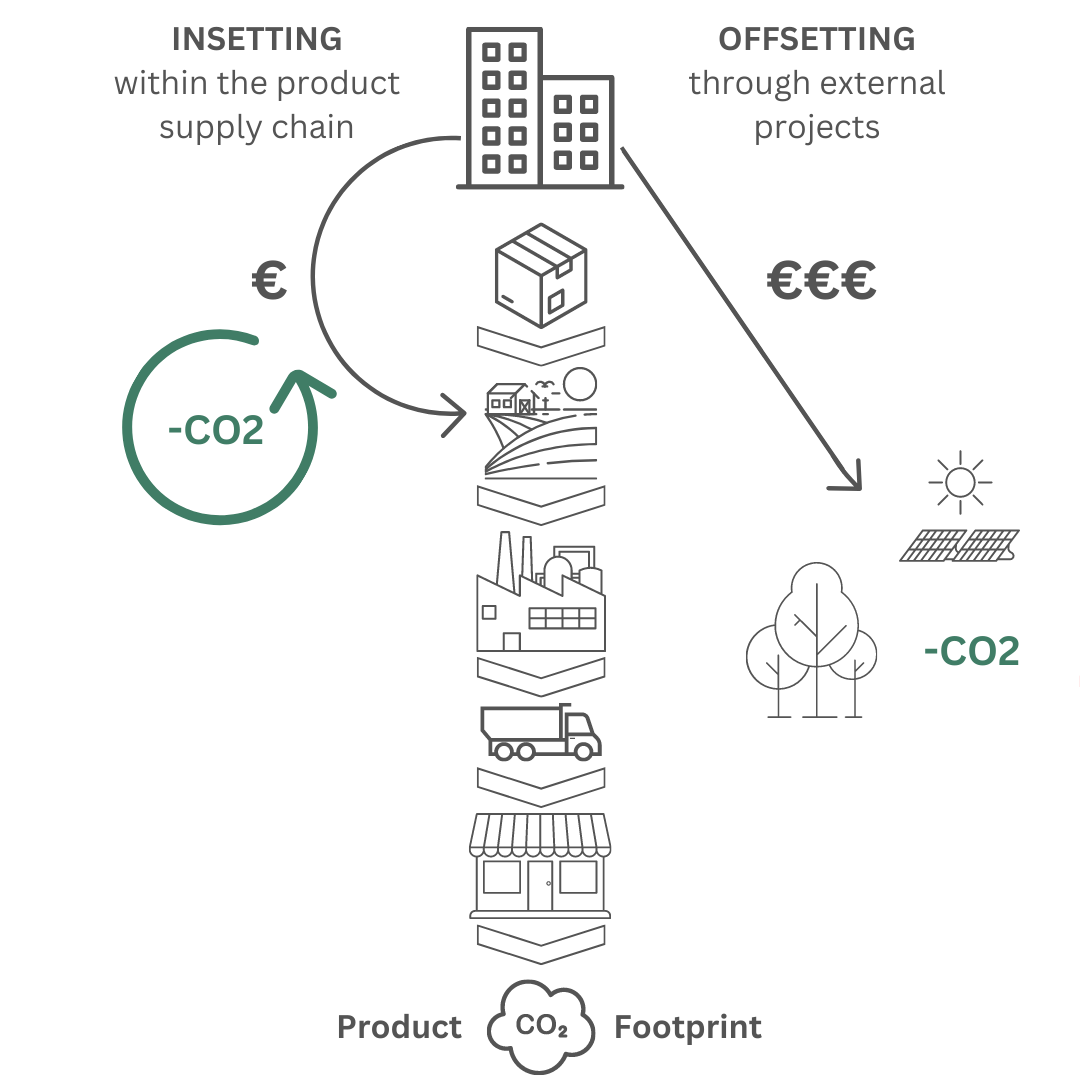Although each one of us bears the responsibility to make sustainable choices when it comes to our life on this planet, some society segments playing a major role in the global climate crisis are now urgently called to implement real actions. The agri-food sector contributes about 20% of global greenhouse gases (GHG) emissions, with major sources coming from the farm level. For example, methane emissions from enteric fermentation in livestock and from rice cultivation account for about 50% of the total non-CO2 agricultural GHG emissions.

We need to double down and mobilize greater investment, knowledge and innovations to make our agrifood systems greener, more resilient, more productive and more efficient at providing healthy and nutritious diets, good jobs and biodiversity. Agriculture is both a cause and a victim of climate change, and it must be part of the climate solution.
FAO Investment Centre Director Mohamed Manssouri, 2022
Until recently, many companies primarily relied on offsetting as a method to compensate for their carbon emissions. By investing in projects that reduce or capture GHG emissions elsewhere, like reforestation or renewable energy projects, a company would “buy off” their right to continue with their old operations. Keep in mind: when it comes to assessing the environmental impact of a product, its contribution to global warming is only one aspect of several ecosystem effects. For example, nitrous oxide emissions from synthetic fertilizer usage not only increase the total carbon footprint of agricultural activities, but also damage soil biodiversity and structure. For this reason, a “business as usual” approach where the burden of dealing with CO2 emissions is shifted somewhere else, far from the business core operations, is not anymore an acceptable option at the eyes of many stakeholders.
Here enters the insetting approach, promoting sustainability actions within a company’s own value chain and a product’s supply chain. Instead of looking elsewhere to offset emissions, insetting focuses on implementing projects that reduce or absorb GHGs directly within the company’s operations or supply chain. For the agri-food sector, this could mean investing in sustainable farming practices, reducing waste and energy consumption in processing plants, or supporting agroforestry systems where crops are grown beneath tree cover.
Insetting not only addresses carbon emissions but can also lead to a more resilient and sustainable supply chain. It encourages companies to build better relationships with suppliers, understand their own operational impacts more deeply, and be more transparent with consumers about their sustainability efforts. By looking inward and integrating sustainability into their core operations, businesses can make genuine, lasting changes that benefit our planet and future generations.



[…] between 5 to 8 Gt CO2eq per year. This means that soil based carbon sequestration could potentially inset the whole portion of agrifood emissions that occur at farm gate. Leveraging this potential can […]
[…] For farmers across Europe, this translates into a new avenue for diversifying income and contributing to Europe’s goal of reaching climate neutrality. Practices that can lock carbon into the soil range from agroforestry to improved crop rotations, pasture management and mixed cropping. For agrifood companies, the net is tightening around weak sustainability commitments as it will be prohibited to claim product carbon neutrality based on offsetting. […]
[…] At the event, Giorgi gave two presentations in front of potential customers and investors, and stressed the urgency of transforming food supply chains to comply with the upcoming EU regulations as well as meet the EU’s carbon-neutral future targets. Additionally, he talked about the importance of decarbonising supply chains through insetting emissions at farm level, rather than offsetting to third parties (for differences between offsetting and insetting, please read our earlier blog post). […]